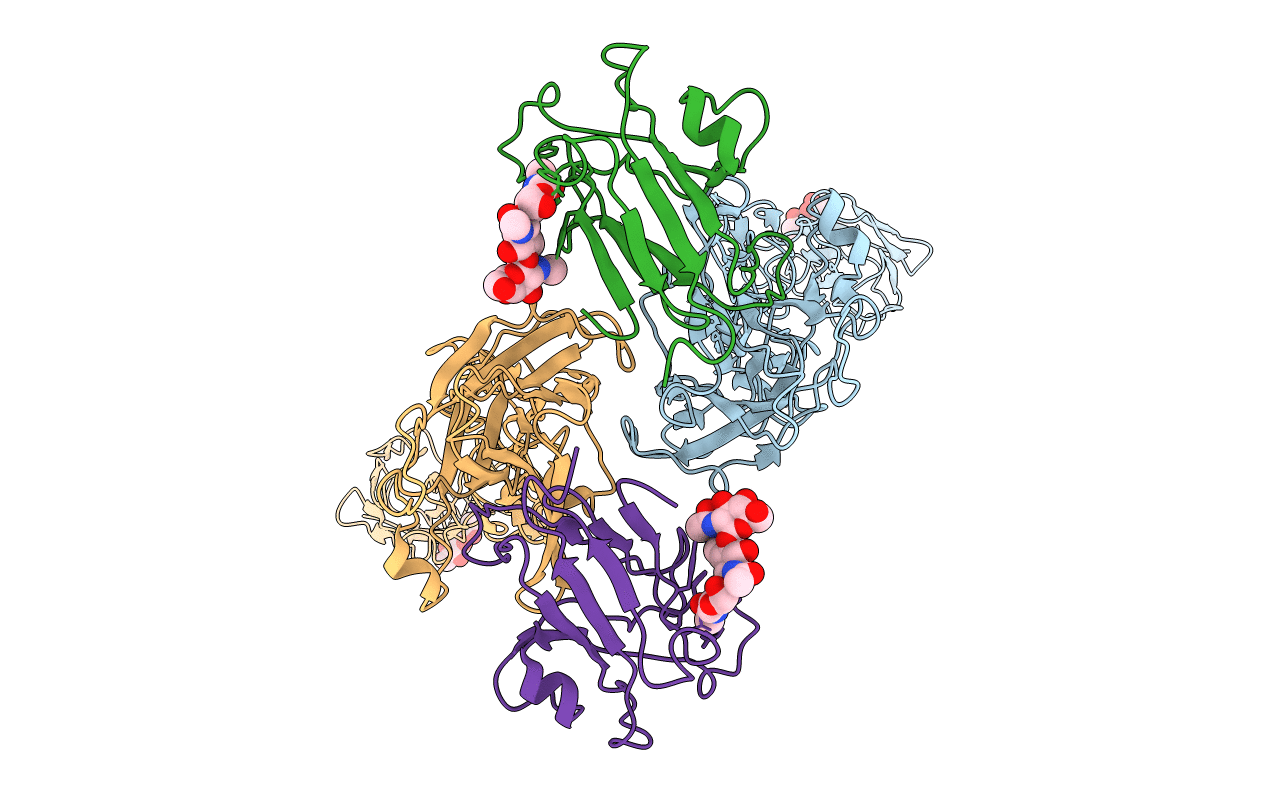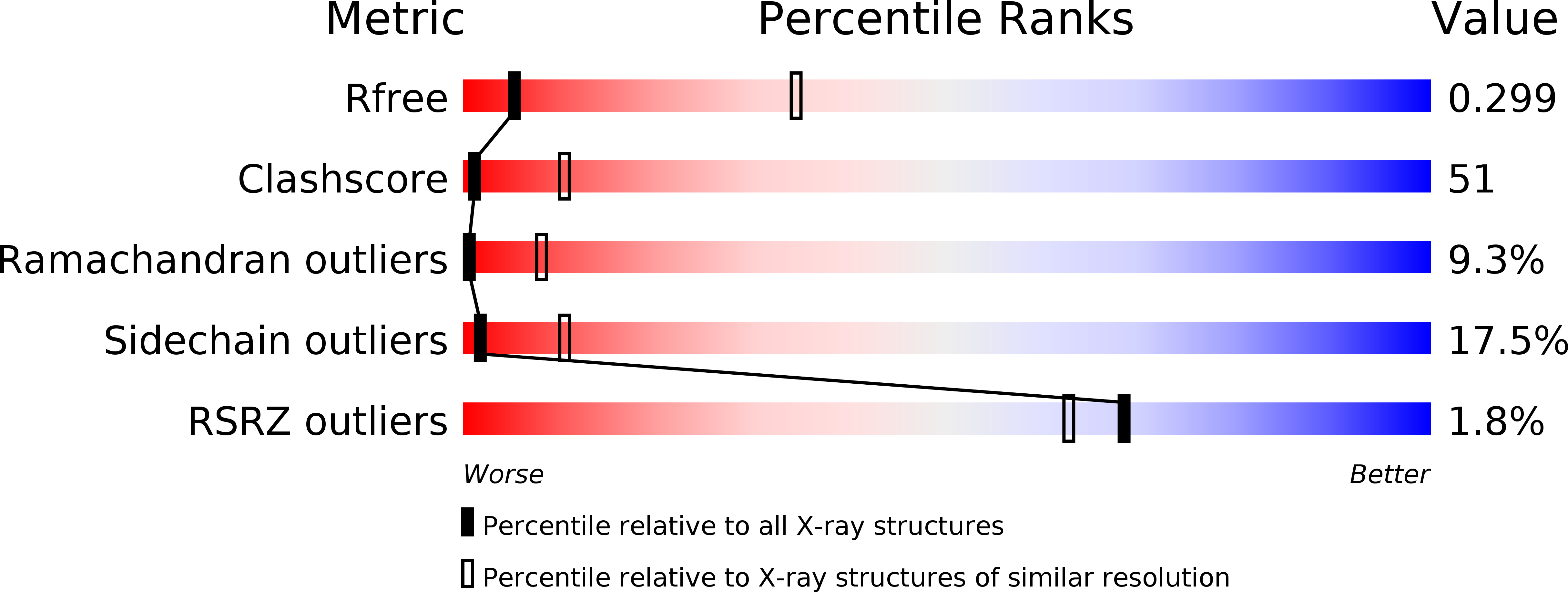
Deposition Date
2010-05-06
Release Date
2010-06-30
Last Version Date
2024-10-30
Entry Detail
PDB ID:
3MX0
Keywords:
Title:
Crystal Structure of EphA2 ectodomain in complex with ephrin-A5
Biological Source:
Source Organism:
Homo sapiens (Taxon ID: 9606)
Host Organism:
Method Details:
Experimental Method:
Resolution:
3.51 Å
R-Value Free:
0.29
R-Value Work:
0.23
R-Value Observed:
0.23
Space Group:
P 1 21 1


